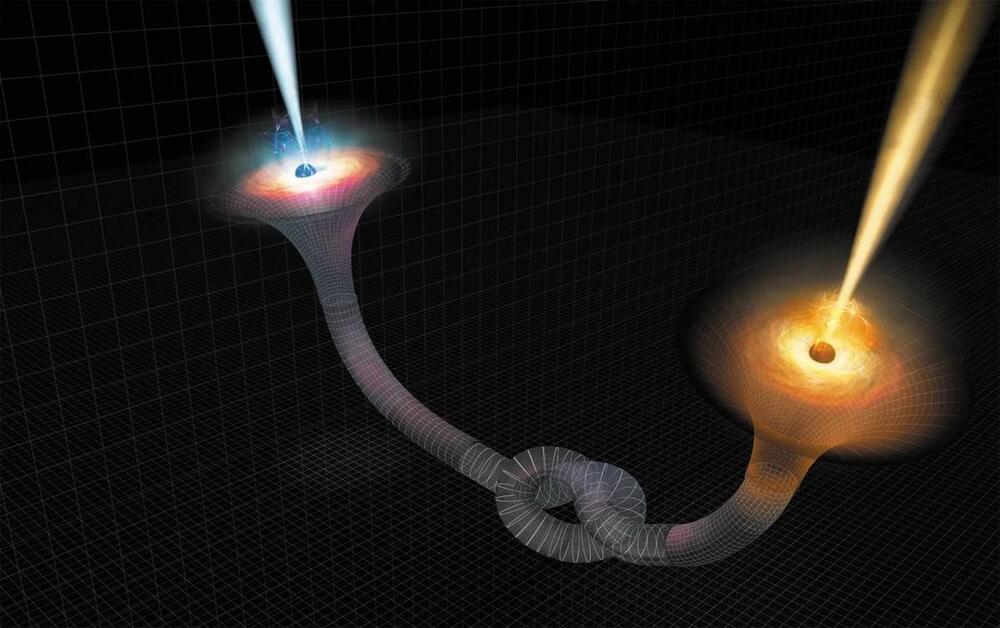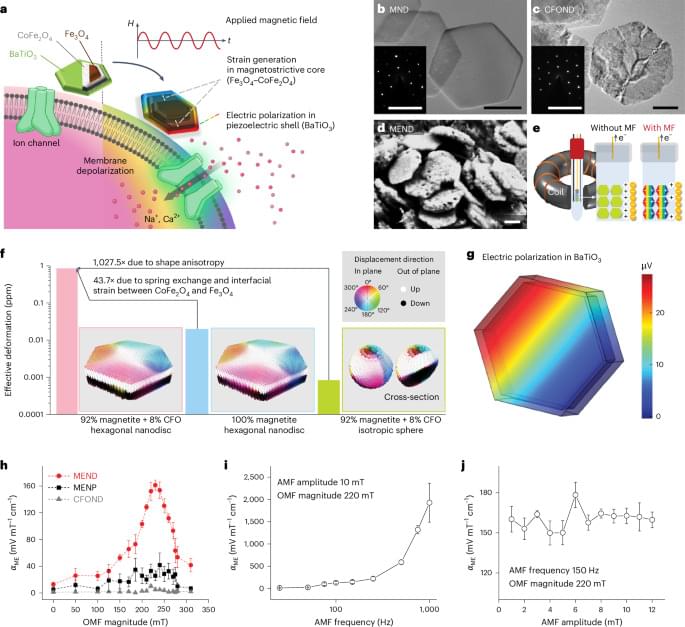Search firm Exa wants to use the tech behind large language models to tame the wildness of the web.



Precision agriculture leverages cutting-edge machine learning algorithms to transform farming, boosting productivity and sustainability. From Random Forest for crop classification to CNNs for high-resolution imagery analysis, these tools optimize resources, detect diseases early, and improve yield prediction. Discover the top algorithms shaping modern agriculture and how they empower smarter, data-driven decisions.


There’s No Turning Back
Not long ago, solving the crystal structure of a protein required an entire PhD.
Growing crystals, collecting X-ray diffraction data, and interpreting electron density maps often took years of optimization and expensive instruments. Even then, solving all protein structures was a challenge, further compounding the “protein folding problem” in biology.

A team of physicists from Sofia University in Bulgaria has proposed a fascinating theory that wormholes, hypothetical tunnels linking different parts of the universe, could be hiding in plain sight. These wormholes may resemble black holes so closely that current technology cannot distinguish between the two, according to a new study reported by New Scientist.
Black holes have long been a source of mystery. They absorb everything, even light, leaving no trace of what falls into them. But where does the swallowed matter go? Some physicists have speculated that black holes might connect to “white holes,” which would spew out particles and radiation on the other end. Together, these phenomena could form a wormhole, or more specifically, an Einstein-Rosen bridge, connecting distant regions of space and time.

Rising temperatures, increasing precipitation, thawing permafrost and melting ice are pushing the Arctic outside its historical norms.
By Chelsea Harvey & E&E News

But Kelby, who was training to become an operating room nurse, realized Holden’s episodes reminded him of what he was learning about warning signs for stroke. JJ called Holden’s cardiologist in Utah and asked for a detailed neurologic evaluation, which enabled the mysterious episodes to be diagnosed as seizures. Holden began taking anti-seizure medication, which helped, to his parents’ great relief.
A few months after Holden was born, Sergiu Pasca, MD, arrived at Stanford Medicine to pursue a postdoctoral fellowship in the lab of Ricardo Dolmetsch, PhD, then an assistant professor of neurobiology, who was redirecting his research to autism spectrum disorder. At the time, Pasca did not know the Hulet family. But his work soon became focused on the disorder that has shaped Holden’s life.


